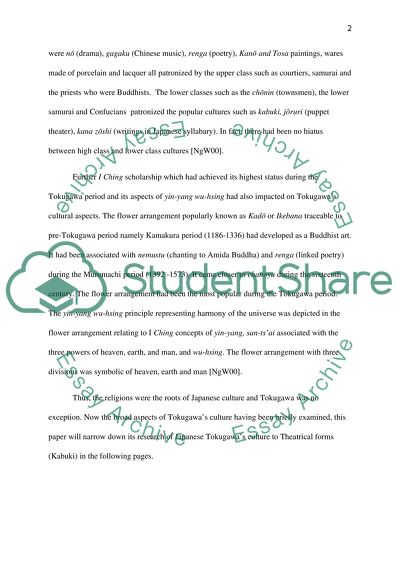Cite this document
(“Tokugawa period until 1868 Research Paper Example | Topics and Well Written Essays - 2500 words”, n.d.)
Retrieved de https://studentshare.org/history/1391756-tokugawa-period-until-1868
Retrieved de https://studentshare.org/history/1391756-tokugawa-period-until-1868
(Tokugawa Period until 1868 Research Paper Example | Topics and Well Written Essays - 2500 Words)
https://studentshare.org/history/1391756-tokugawa-period-until-1868.
https://studentshare.org/history/1391756-tokugawa-period-until-1868.
“Tokugawa Period until 1868 Research Paper Example | Topics and Well Written Essays - 2500 Words”, n.d. https://studentshare.org/history/1391756-tokugawa-period-until-1868.


